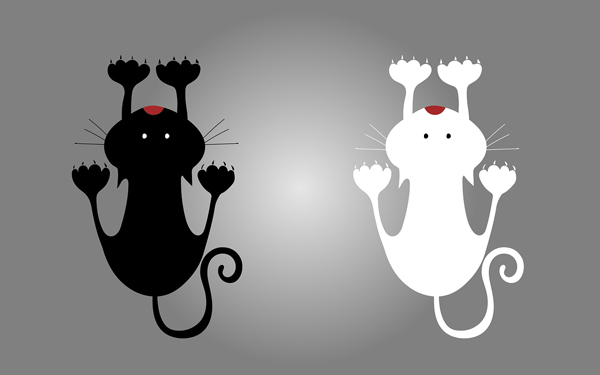
No one really likes a copycat, or do they? Well, we all may know someone who seems to constantly mimic other people’s ideas and actions, but how do we feel about it? Within the school gates, it certainly seems acceptable behaviour, to make children feel part of the in-crowd. How many of us can remember and admit to wanting the same expensive branded pencil case, watch or phone, as the other children cherished and enjoyed, when we were at school? But sadly, or gladly, I am no longer there, and in the world of mechanical design engineering I can categorically state, that being a copycat is deemed totally unacceptable.
Working as a design engineer for over two decades, I have been involved with a countless number of new or modified product designs and have successfully helped to bring them to the marketplace for us all to enjoy. More often or not I have been brought in, as a consultant, to work on someone else’s original concept, idea or invention. This means I am trusted by the client to protect the intellectual property, to essentially keep everything secret, until the time comes for it to be launched. In fact the secrecy doesn’t usually stop there, as legal paperwork ensures everything is kept under wraps for a lengthy time period after a product has launched, with normally 99.9% of my work remaining undisclosed.
So you can see that it is very important to protect and nurture the technical design data of a product, and this is formally covered, for example, by confidentiality or non-disclosure agreements signed by those working on and involved in the project. There is then potentially the patent application to protect the unique aspects of the 'product' to enable and gain the commercial leverage often required to offset the development costs. This is often a long-drawn-out process which includes a highly detailed technical description, visual representation, various photographs, technical drawings and data, etc. The most crucial part, however, is the statement detailing exactly what the product does, how it works and specifically, in very simplified terms, what makes it unique and therefore worthy of patent protection for a period of time.
Despite all of this so-called 'protection' some designs are sadly still copied and adapted. Counterfeit consumer goods are especially common and difficult to spot by most shoppers. Sold at knockdown prices, these substandard products can damage a brand if consumers are unaware they have purchased 'fake' goods which fall well below the quality and safety standards they expected.
Like what you read? Please give us a like/thumbs up/follow us, so that you are kept up to date with future #SanstecStories and also get in touch, to ask us questions or suggest content or/and particularly to discuss how we can best support you.

